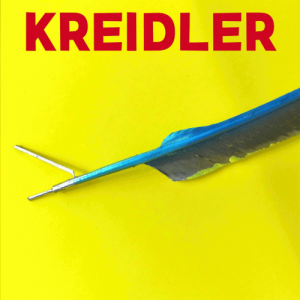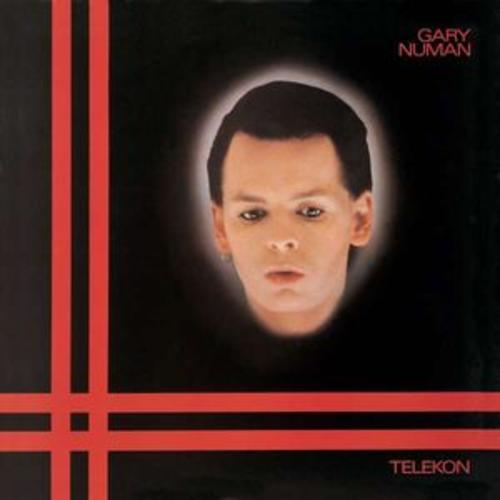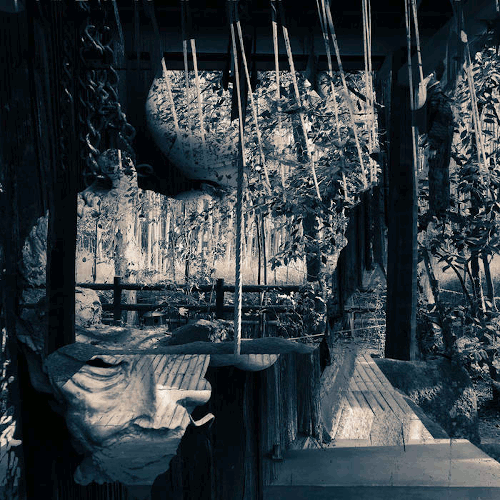 Kreidler have been going for twenty-five years now and are on their twelfth or thirteenth album, let alone all the other projects that the various members have. It is an impressive record, and even more so that each Kreidler album brings something a little different to the table. For the follow up to 2017’s European Song, they have pieced together and album of two halves; the first a loose collection of welcoming but distant pieces, the second, a song suite of sorts, based around the ideas of Flood, but not relying too heavily on obvious imagery.
Kreidler have been going for twenty-five years now and are on their twelfth or thirteenth album, let alone all the other projects that the various members have. It is an impressive record, and even more so that each Kreidler album brings something a little different to the table. For the follow up to 2017’s European Song, they have pieced together and album of two halves; the first a loose collection of welcoming but distant pieces, the second, a song suite of sorts, based around the ideas of Flood, but not relying too heavily on obvious imagery.
“Cold Pillars”, on the other hand, is darker and busier. The Euro synth bounce keeps the deathless chatter and simmering swells at bay, but only just, like a sea wall close to breach. It becomes dance-floor friendly somehow, and suddenly the image of thousands in a god-forsaken concrete bunker celebrating the fall of an unloved and nameless dictator flashes into view and the sea wall is breached, but with relief passing over the top, blessed relief.
The final track on side one, “Nesindano”, contains the first of the guest vocalists, Namibian poet Khoes. Her sultry vocal, full of soul yet with a sense of weariness, is allied to a simple synth beat that doesn’t take away from the thought-provoking delivery. The poem is in another language, but there is something about the rolled r’s and clicks of the tongue that speak of dusty, airless heat, while the only colour that stands out from the sandy soundscape is in the form of the circular chimes that scatter above our heads. The idea of a flood as an overwhelming sensation is not at all what we can expect from “Floods I-V”, which take up side two. The hand drum is still present, but it is slow moving and the bare hush of creeping synth that accompanies it is perhaps the very start of proceedings; the crack of the concrete or the subtle crumble of dry riverbanks, the imperceptible movement far away from any scene of devastation.As momentum gathers, we are introduced to the second guest vocalist, Brazilian Ricardo Domeneck, and with more rolled r’s in his incredibly appealing Portuguese, he delivers a conversation he once had with a geologist about sand and what it signifies. The wash of synths quietly shuffles and sashays in the background as sparse, Spanish guitar echoes emerge, redolent of open plains. These merge with the drones and half-whispered words to create a soporific effect which is washed away once the synths take over, and as the words disappear so motion and energy are re-introduced.
When the final section appears, sparse and drifting, here we have the sense of spreading out, of energy dissipating, a pan back on a camera reveals a wider view of the preceding elements, until an unexpected edgy keyboard line delivers the final thrust of unknowing tension that draws things to a conclusion. There is mystery and intrigue here, as well as sparse beauty and joyous movement that definitely bears repeated listening.-Mr Olivetti-



